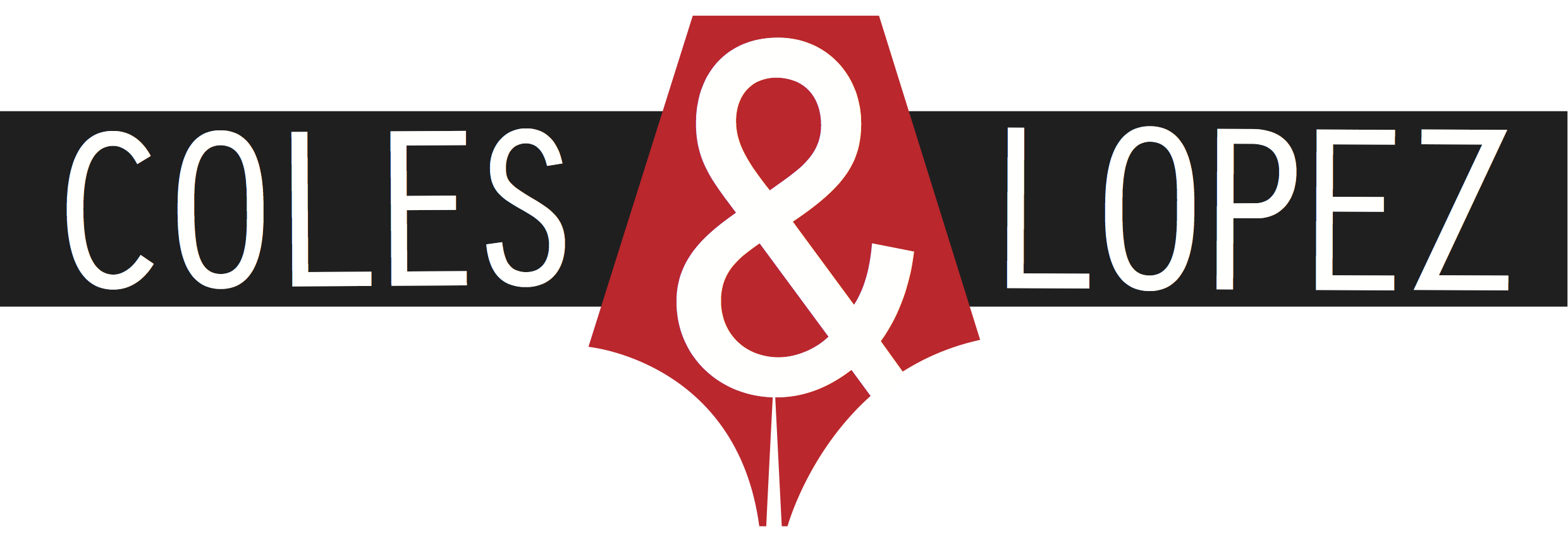Accentuate the appositive
Quiz time! Can you spot the mistakes in these two sentences?
My friend, Julia, is visiting for the weekend.
She introduced us to her husband Scott.
If the answer is ‘no’, you’re not alone – I see sentences like these all the time, and they don’t look grievously wrong at first glance. But here’s how they should be written:
My friend Julia is visiting for the weekend.
She introduced us to her husband, Scott.
The first sentence had too many commas; the second had too few. To understand why, we need to discuss appositives.
What is an appositive?
An appositive is a noun or noun phrase that is placed alongside the subject or object of a sentence and refers to the same thing as that subject or object. (Note: A noun phrase is a group of words that, together, behave like a single noun. For a refresher on subjects and objects, read this old blog post.) Let’s return to our earlier examples:
My friend Julia is visiting for the weekend.
Here, the subject of the sentence is the noun phrase My friend. The appositive is Julia – it is placed alongside My friend and refers to the same person.
She introduced us to her husband, Scott.
Here, the object of the sentence is her husband and the appositive is Scott.
Today, we’re focusing mainly on appositives that refer to people, because that’s where the commas tend to get confusing. But, just so you know, appositives can refer to anything at all. Here are some examples, with the appositives in bold:
We ate our lunch, homemade sandwiches, at the rest stop.
I lay down on the couch, my favourite place to relax.
A small island in the South Pacific, Bora Bora is popular with tourists.
Restrictive or non-restrictive?
Some appositives are restrictive – they are essential to the meaning of the sentence. Others are non-restrictive – they just give extra information.
In the sentence My friend Julia is visiting for the weekend, the appositive Julia is restrictive. That’s because I have more than one friend, so if the word Julia weren’t there, you wouldn’t know which one I was referring to. The restrictive appositive restricts the meaning of My friend, narrowing it down to one friend in particular.
In the next example, She introduced us to her husband, Scott, the appositive Scott is non-restrictive. She only has one husband, presumably, so giving his name is just extra information – it doesn’t help identify him.
Gratuitous picture of my cat, Penny, when she was just a baby. Note that I put commas around her name because (sadly) I have only one cat.
This restrictive/non-restrictive distinction is crucial, because it determines whether or not we use commas around the appositive. Restrictive appositives, such as Julia, don’t get commas; non-restrictive appositives, such as Scott, do. That relates to the general grammatical rule that inessential information is marked off with commas. And it also makes sense if you think about the way we talk – commas generally suggest a pause, and we tend to naturally pause on either side of a non-restrictive word or phrase.
A curve ball
Now, imagine reading this sentence in the newspaper:
Company CEO George Smith says the rumours are false.
As you’ve probably noticed, journalists sometimes omit articles (the, a, some etc) and possessive pronouns (her, their, its etc). This journalist could have written The company CEO, George Smith, says the rumours are false, in which case the name would be a non-restrictive appositive and commas would be necessary. But in dropping the article The, the writer is treating Company CEO George Smith as one unit – a single noun phrase. The same applies to this sentence:
Justine Glover and brother David bought the company five months ago.
Here, brother David is a single noun phrase, since the pronoun her has been omitted. If the journalist had written Justine Glover and her brother instead, and Justine only had one brother, David would be a non-restrictive appositive, and commas would be necessary.
In a nutshell
An appositive is a noun or noun phrase that is placed alongside the subject or object of a sentence and refers to the same thing. If the appositive is essential to the meaning of the sentence, it is restrictive and should not be enclosed in commas. If it is just extra information, it is non-restrictive and should be enclosed in commas.
Journalists sometimes drop the article or possessive pronoun that would usually appear before a subject or object. In cases like these, all the words that follow must be treated like one unbroken unit – no commas allowed.

